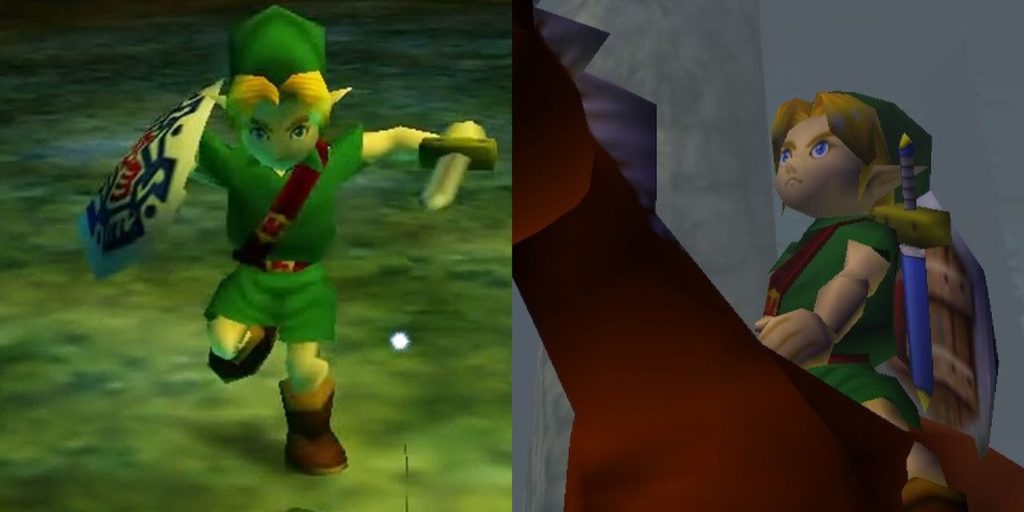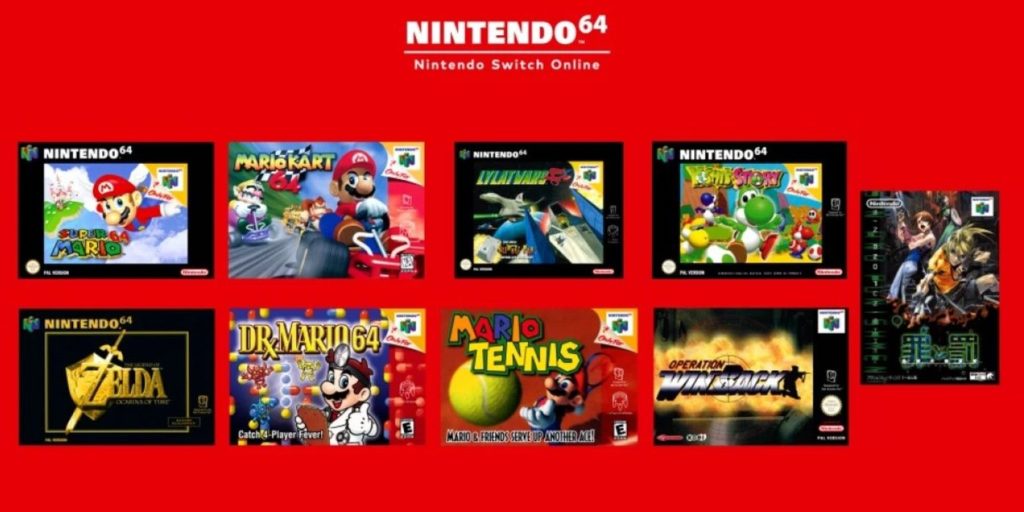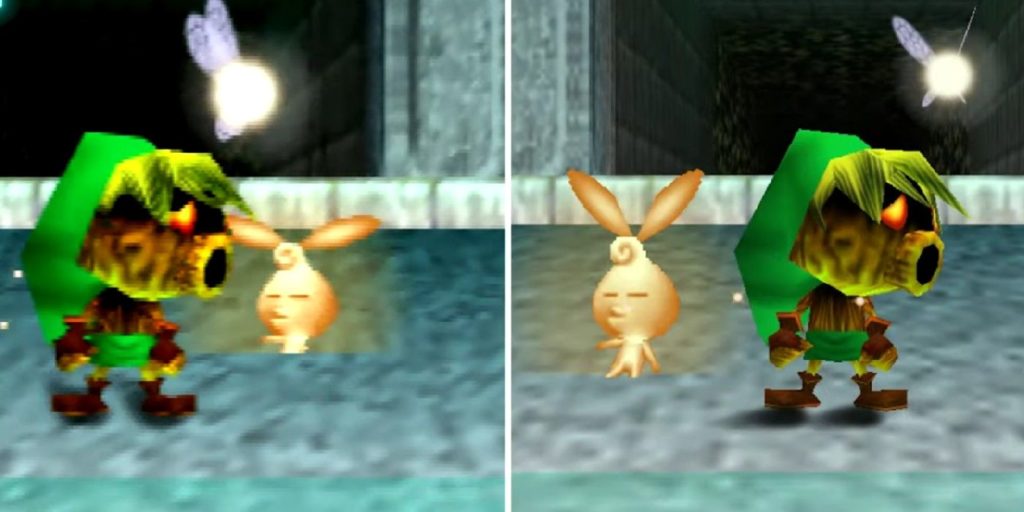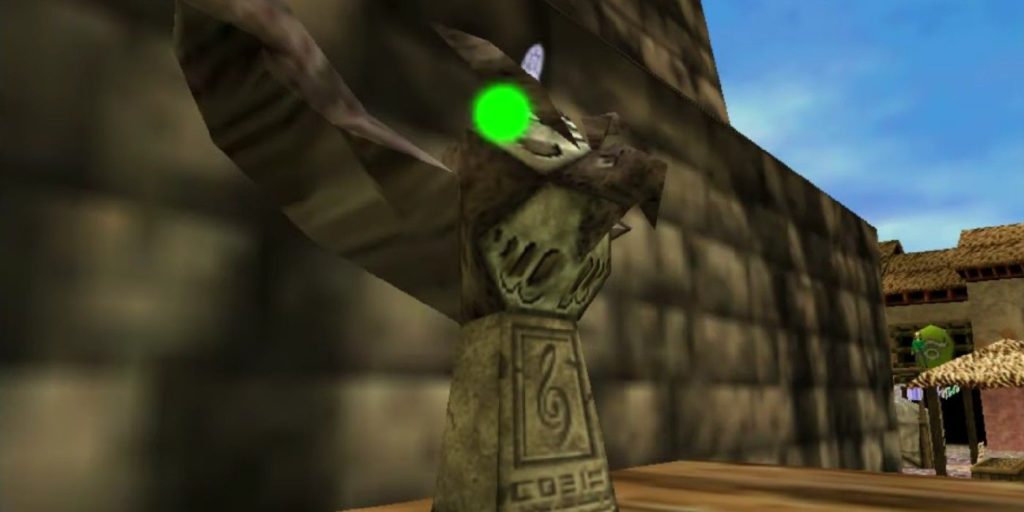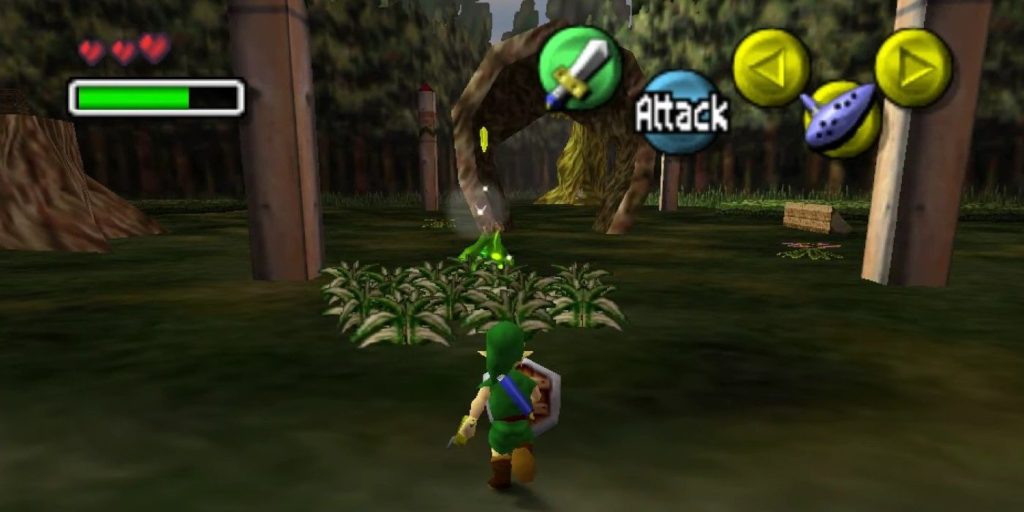In comparison to the Nintendo 64 version, The Legend of Zelda: Majora’s Mask has recently been released on the Nintendo Switch Online service. Improvements include a more stable framerate and smoothing filters to enhance texture quality. Majora’s Mask for Nintendo Switch Online + Expansion Pack service was eagerly awaited by users as it was the sixth main game in The Legends of Zelda series and was first released back in 2000.
Emulation faults in previous Nintendo Switch Online releases have included graphical problems, input lag, and crashing. Even The Legend of Zelda: Ocarina of Time, arguably the best game on the service, provided a poor emulation experience that was inferior to earlier iterations, including those on the Wii U. Many people expected better since Nintendo Switch Online is a premium service. However, many of these problems have been looked at again and corrected in other NSO games after the release of Majora’s Mask. Notably, the water temple problems in Ocarina of Time were resolved, proving that Nintendo pays attention to user feedback and addresses bugs.
The Legend of Zelda: Majora’s Mask’s Nintendo Switch Online edition has upgraded the game’s overall quality for a more contemporary experience in addition to fixing bugs from earlier iterations. Although the NSO emulator technology improves the games’ visual quality, several sequences do alter slightly from the original N64 version. Majora’s Mask is arguably the most technically demanding game for the N64, so it seems sense that problems have arisen when the game is converted for use with contemporary hardware.
Majora’s Mask Is Available On Switch Through The NSO Expansion Pass
The availability of the two Majora’s Mask versions is the last distinction. The original N64 game may be purchased new for anywhere from $20 to $60 for the cartridge. Majora’s Mask’s Switch port, on the other hand, seems to be a touch more expensive. Players must first purchase a Nintendo Switch Online subscription, which is reasonably priced at $19.99, in order to access the game, and then they must purchase the Expansion Pass separately.
The Switch Expansion Pass’s annual cost of $49.99, or $80 for the family plan, has occasionally been difficult to justify. The twelve N64 titles made available through this service are Majora’s Mask and a selection of vintage Sega Genesis games. There is DLC content available for other games, such as the Animal Crossing: New Horizons paid expansion and the Mario Kart 8 Deluxe Booster Course DLC. Although Nintendo has promised to recreate more vintage games in the future for the Expansion Pass, some players still feel that the cost of this premium package is a little steep.
Nintendo appears to be moving away from having its old remastered games available on these platform generations after announcing the closing of the eShop on WiiU and 3DS in March 2023. Majora’s Mask is still playable right now on the WiiU and 3DS, but these versions are not updated or fixed in the same way as the Nintendo Switch Online remake.
Overall, playing The Legend of Zelda: Majora’s Mask on the Nintendo Switch rather than the Nintendo 64 appears to be the best option in 2022. The Switch port has corrected gameplay issues and graphical upgrades for current hardware, notwithstanding the Expansion Pass cost. In order to make the traditional game operate more smoothly, it also has recently included suspend features, which can make it more approachable for novice players.
Majora’s Mask On Switch Online Uses Smoothing Filters
Majora’s Mask, which was first released in 2000, cannot graphically compete with Zelda: Breath of the Wild’s visual masterpiece. However, many gamers experience nostalgia when they play this game again because NSO updated the graphics for this fan favourite. Fog and illumination problems were present in earlier NSO games since they were not accurately portrayed in some scenes as they were on the N64. Nintendo has addressed these problems and re-examined flaws in previously released NSO games with the introduction of Majora’s Mask.
While Zelda: Majora’s Mask on NSO may appear to have a tiny white-balancing issue, the smoothing filter enhances the game’s graphics over the N64 version. 3D models now look better than they did before because to this functionality. But there is some pixelation that is evident on 2D objects, which causes a slight dissonance between the 3D and 2D images. However, this is not the end of the world, because the NSO version of Majora’s Mask plays more smoothly than the N64 version thanks to the improved texture quality overall.
Majora’s Mask Switch Port Doesn’t Use N64’s Owl Statues
The inclusion of suspend features to Majora’s Mask in the Nintendo Switch Online edition over the N64 is a significant enhancement. The lack of a quicksave option in the game interface forced N64 players to rely on owl figurines that were dispersed throughout the environment to save their progress. But thanks to the suspend feature, which is new to the NSO edition, rapid saves can be finished whenever they’re ready. As a result, Majora’s Mask on the Switch should be more enjoyable overall than it was on the game’s original platform and may even be more relaxing to play.
The Switch Version Of Majora’s Mask Simulates N64 Lag
Majora’s Mask’s anticipated debut on Nintendo Switch Online had to deliver fresh gameplay because it is regarded by some as the best Zelda game. Because Majora’s Mask on the NSO offers a more constant gameplay experience than on the N64, Nintendo was able to accomplish this. The framerate on NSO is limited to 30 frames per second, and while there have been dips in framerate on the Switch, they are not as frequent as they were on the N64 version. The N64 employs a RAM Expansion Pack to provide higher screen resolution and more intricate visuals, but it has always been said to struggle to maintain a constant framerate.
The NSO version appears to address this well-known problem and even purposefully introduces lag into cutscenes to mimic N64 lag, as speedrunner Fig pointed out on Twitter. This brings the NSO playthrough as near to the N64 as possible by resolving any video sync difficulties where audio and video are out of sync as a result of higher framerates.

